Key Documents
646547
Tris(2-carboxyethyl)phosphine hydrochloride solution
0.5 M, pH 7.0(aqueous solution; pH was adjusted with ammonium hydroxide)
Synonim(y):
TCEP
About This Item
Polecane produkty
Poziom jakości
stężenie
0.5 M
współczynnik refrakcji
n20/D 1.367
pH
7.0(aqueous solution; pH was adjusted with ammonium hydroxide)
gęstość
1.041 g/mL at 25 °C
ciąg SMILES
Cl.OC(=O)CCP(CCC(O)=O)CCC(O)=O
InChI
1S/C9H15O6P.ClH/c10-7(11)1-4-16(5-2-8(12)13)6-3-9(14)15;/h1-6H2,(H,10,11)(H,12,13)(H,14,15);1H
Klucz InChI
PBVAJRFEEOIAGW-UHFFFAOYSA-N
Powiązane kategorie
Opis ogólny
Zastosowanie
- to cleave cysteine residues in a synthetic peptide
- in reduction buffer for RNA Sequential Probing of Targets (SPOTs) imaging
- for the reduction of oligonucleotides
- as reducing agent during mitochondrial isolation
Działania biochem./fizjol.
produkt powiązany
wyposażenie dodatkowe
Hasło ostrzegawcze
Danger
Zwroty wskazujące rodzaj zagrożenia
Zwroty wskazujące środki ostrożności
Klasyfikacja zagrożeń
Eye Dam. 1 - Skin Corr. 1B
Kod klasy składowania
8A - Combustible corrosive hazardous materials
Klasa zagrożenia wodnego (WGK)
WGK 1
Środki ochrony indywidualnej
Faceshields, Gloves, Goggles, type ABEK (EN14387) respirator filter
Certyfikaty analizy (CoA)
Poszukaj Certyfikaty analizy (CoA), wpisując numer partii/serii produktów. Numery serii i partii można znaleźć na etykiecie produktu po słowach „seria” lub „partia”.
Masz już ten produkt?
Dokumenty związane z niedawno zakupionymi produktami zostały zamieszczone w Bibliotece dokumentów.
Klienci oglądali również te produkty
Produkty
Zestaw do szybkiego trawienia trypsyną zapewnia wiarygodne wyniki analizy spektrometrii masowej w czasie krótszym niż 2 godziny.
In this study, we developed a rapid trypsin digest kit that, at elevated temperatures, yielded reliable, reproducible results in less than 2 hours on a wide variety of substrates for mass spectrometry.
Nasz zespół naukowców ma doświadczenie we wszystkich obszarach badań, w tym w naukach przyrodniczych, materiałoznawstwie, syntezie chemicznej, chromatografii, analityce i wielu innych dziedzinach.
Skontaktuj się z zespołem ds. pomocy technicznej
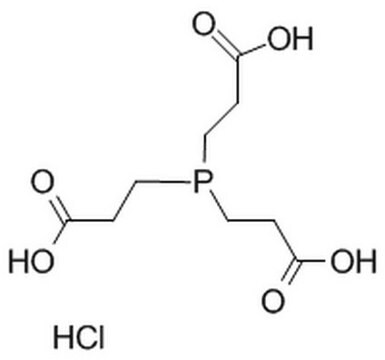
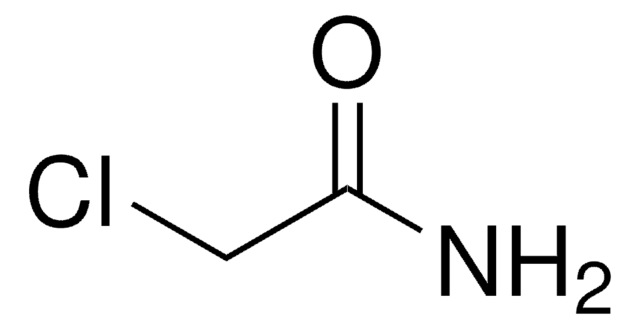


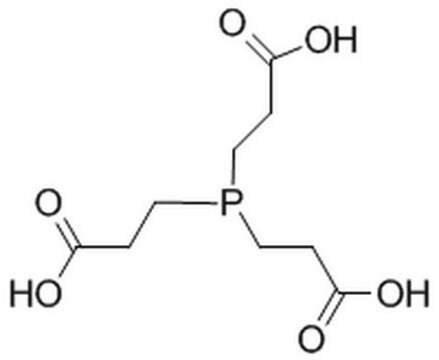

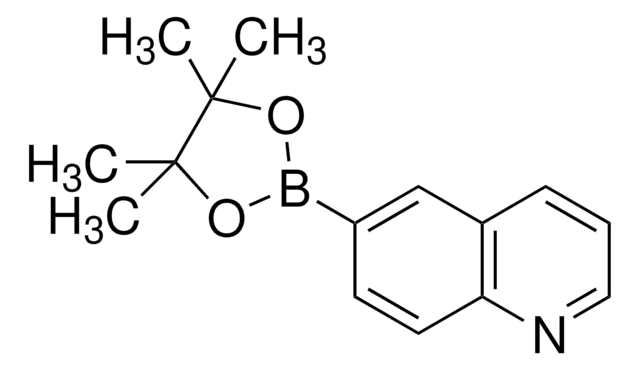

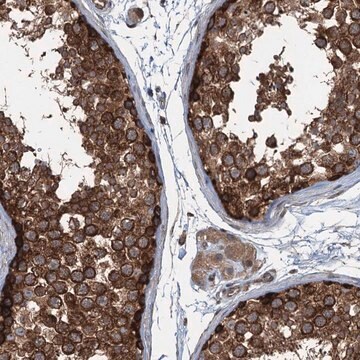

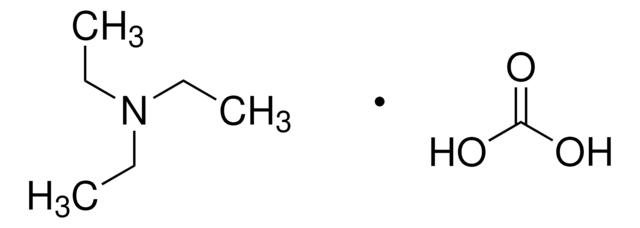
![Tris[(1-benzyl-1H-1,2,3-triazol-4-yl)methyl]amine 97%](/deepweb/assets/sigmaaldrich/product/structures/179/695/86a721c8-2a4c-4e4f-bc36-6276ce7a941f/640/86a721c8-2a4c-4e4f-bc36-6276ce7a941f.png)
